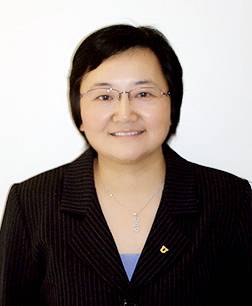Numerical Modeling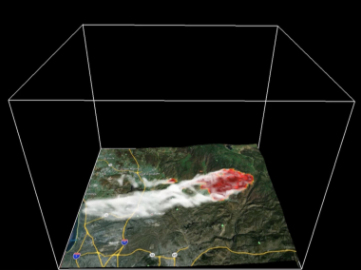
The numerical modeling group at the University of Utah Atmospheric Department, uses state-of-the-art models to better understand small scale processes associated with cloud formation as well as fire propagation, plume rise, and smoke dispersion. The goal is to improve fire spread forecasting through better representation of the fire-atmosphere coupling as well as improve modeling capabilities in the context of air quality impacts of wildland fires. The cloud modeling efforts aim at improved representation of the small-scale cloud processes in the numerical weather prediction and climate models.
The Lead Researchers and Their Work
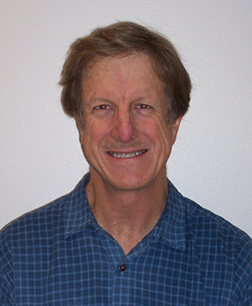 |
Professor Steve Krueger works to understand cloud processes over a wide range of scales. He uses cloud resolving models to improve medium-range weather prediction and climate modeling and smaller-scale models to study stratocumulus and trade cumulus clouds, convective plumes produced by Arctic leads, and interactions of the boundary layer with deep convection. Steve's group has developed the Explicit Mixing Parcel Model (EMPM) to simulate entrainment, mixing, and the condensational growth of individual cloud droplets. CLUSCOLL is an economical 3D model that simulates the impact of the smallest scales of turbulence on the clustering and collisional growth of cloud droplets. Steve also is involved with field programs to verify and improve these models. With Dr. Kochanski and Dr. Mary Ann Jenkins he is helping develop a coupled atmosphere-wildfire modeling system. |
|
|
|
Research Assistant Professor Adam Kochanski is an atmospheric modeler and a co-developer of WRF-SFIRE (a coupled fire-atmosphere model), interested in wildland fires and their impacts on local weather and air quality. He analyzes observational data and uses a wide range of numerical models to improve understanding of the feedback processes between wildland fires and the atmosphere. He collaborates with Professor Steve Krueger, Mary Ann Jenkins and Derek Mallia on the development of the next generation of fire forecasting systems based on coupled fire-atmosphere models. Together with Professor Courtney Strong, he performs regional climate simulations and investigates and investigates the impacts of regional climate changes on local hydrological cycles and ecosystems. |
|
|
|
Professor Zhaoxia Pu leads the Modeling, Assimilation, and Predictability (MAP) research group. The MAP group assimilates observations collected by satellites, radars, surface stations, weather balloons, and aircraft into the numerical weather prediction models to improve the understanding and prediction of high-impact weather systems. Prof. Pu and her students work with many of the world's leading modeling systems, including the NCEP GFS, NAM, HWRF, NGGPS, etc.. The recent research efforts involve the use of remotely sensed data from NASA and NOAA satellites (e.g., GPM, CYGNSS, GOES-R, JPSS-1, etc.), for improved tropical cyclones, winter storms, fog, and mesoscale convective systems and heavy precipitation. The group is also working on the coupled data assimilation and predictability to enhance the predictability of weather systems 1 to 14 days in advance, and the use of observing system simulation experiments to support the development of the nation's next generation satellites missions. |
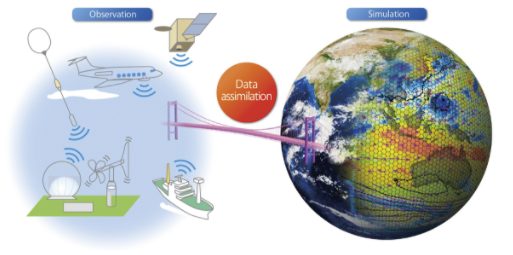 |
|
|
Professor Jan Paegle is an Emeritus Professor with more than 30 years of experience developing numerical weather prediction models. He continues to research atmospheric predictability using his global and limited area models known as the Global Utah Model and Utah Limited Area Model, respectively. He and Emeritus Professor Julia Nogues-Paegle have pioneered our understanding of the South American monsoon system. | 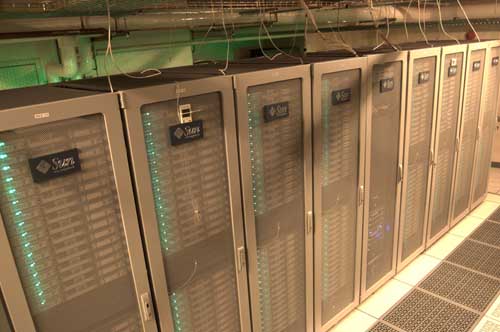 |



